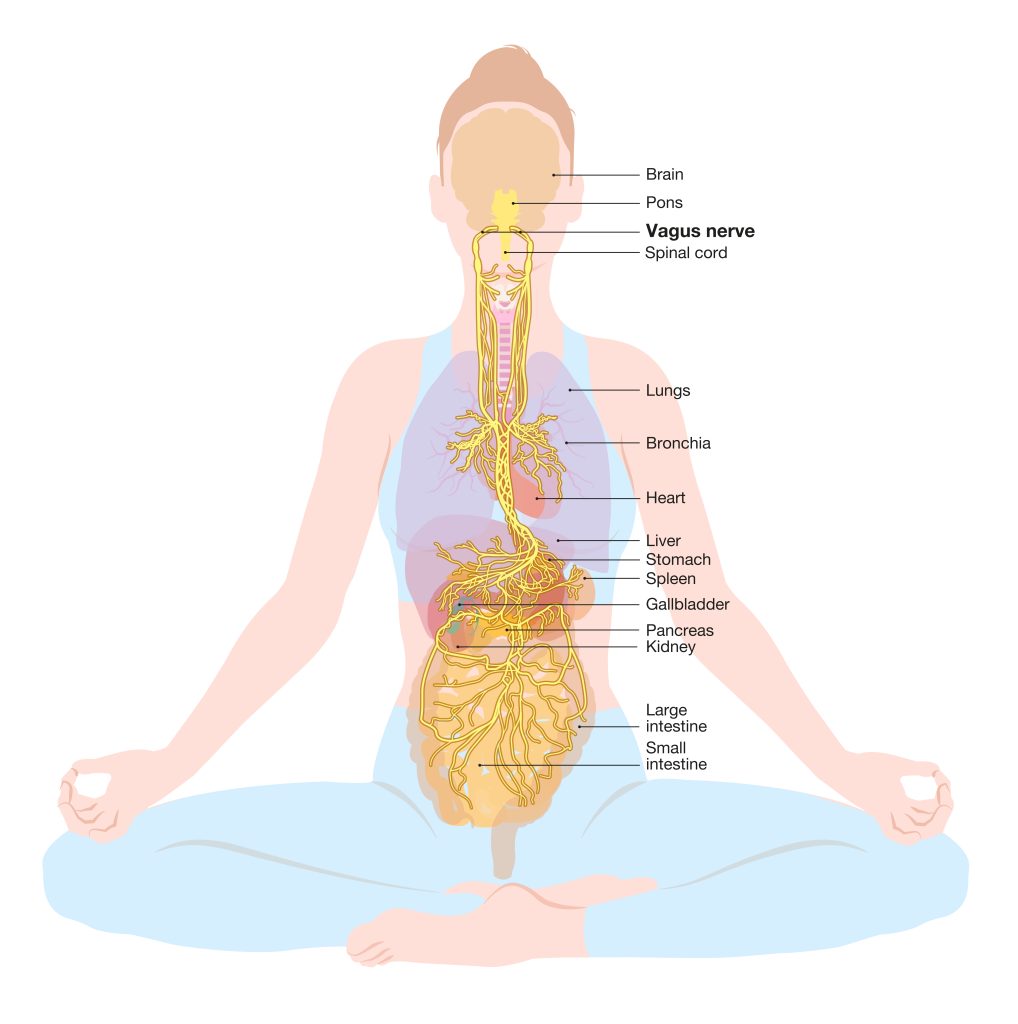By now, I’m sure most of us have heard that breathwork – the art of controlling your breath or focusing on your breath is good for us. But even though I knew that I wanted to know why because when we understand the why behind something, it makes it easier to incorporate into our lives.
What is Breathwork?
Breathwork is a general term for any type of focused, intentional breathing exercises. This meditational practice works to promote spiritual, mental and physical well-being.
Types of Breathwork
It appears there are many types of breathwork. We’ll take a look at a few, but there are many others that are worth taking a look at.
- Shamanic Breathwork – a form of rhythmical breathing that begins with smudging, chanting and setting an intention. Participants breathe to the rhythm of drum and will connect to their inner healer (Shaman). The intention is to reach a state of consciousness beyond just your mind so that you can not only heal but empower yourself.
- Wim Hof – Wim Hof developed breathing exercises to maximize oxygen levels which in turn benefit the body’s functions at the molecular level both chemically and physiologically. The exercise starts with a series of deep breaths in and out followed by a breath hold and then a recovery breath. This is repeated a number of times.
- Pranayama – One of the oldest forms of breathwork, dating back at least 5000 years. According to artofliving.org, Prana’ refers to the universal life force and ‘ayama’ means to regulate or lengthen. These ancient yogic seers observed the power of the breath to increase one’s prana and developed special breathing techniques to increase life energy, maintain health and create a calm, clear state of mind that is conducive for meditation. Pranayama is not just breath control as commonly perceived, but it is the control of prana through the breath. These techniques involve breathing through the nostrils in a specific pattern of inhalation, breath retention, exhalation. Some common yoga breathing exercises include Ujjayi breathing, Bhastrika pranayama, Bhramari pranayama, and Nadi Shodhan pranayama (alternate nostril breathing)
Benefits of Breathwork
So why is it that breathing exercises are so beneficial? Breathing is part of the autonomic nervous system. This system is what controls involuntary activities – the pumping of the hear, digestion etc. There are two parts to the autonomic nervous system – Sympathetic and Parasympathetic. The sympathetic nervous system is our “flight or fight” responses. The parasympathetic is what controls the “rest and relax” responses. The parasympathetic side decreases alertness, blood pressure, and heart rate, and helps with calmness, relaxation, and digestion. Breathing is unique in that it is part of the autonomic nervous system, but we can control it as well. And by controlling our breathing we allow the parasympathetic side to take take the wheel so to speak. By doing so it can positively influence our physical, mental, emotional, and spiritual well-being. Studies show that controlled breathing i.e breathwork can help with stress, anxiety, sleep disturbances, ADD, PTSD, low energy, cardiovascular problems.
When we talk about the parasympathetic nervous system it’s important to include the Vagus nerve because it is an instrumental part of why breathwork has the affects that it does. Breathwork stimulates the Vagus nerve.
What is the Vagus Nerve?
This cranial nerve originates in the brainstem and travels through the neck into the abdomen. It carries signals back and forth from the brain to the digestive system and other organs. So, by controlled breathing, particularly extending the exhale, we stimulate the vagus nerve. The vagus nerve stimulates the parasympathetic nervous system (rest and relax)
The vagus nerve effects:
- Communication between the brain and the gut: It delivers information from the gut to the brain. And we know how closely our gut health is linked to our immune health
- Relaxation with deep breathing: It communicates with the diaphragm. With deep breaths, a person feels more relaxed.
- Decreasing inflammation: It sends an anti-inflammatory signal to other parts of the body.
- Lowering the heart rate and blood pressure: If the vagus nerve is overactive, it can lead to the heart being unable to pump enough blood around the body. In some cases, excessive vagus nerve activity can cause loss of consciousness and organ damage.
- Fear management: It nerve sends information from the gut to the brain, which is linked to dealing with stress, anxiety and fear – hence the saying, “gut feeling.” These signals help a person to recover from stressful and scary situations.
In an article from Medical News Today, they write “With the Vagus nerve having pathways to almost every organ in the body, researchers are looking to see if stimulation can help other conditions. “These conditions include:
- rheumatoid arthritis inflammation
- heart failure
- inflammation from diabetes mellitus
- intractable hiccups
- abnormal heart rhythm
- inflammation from Crohn’s disease
In the case of rheumatoid arthritis, which affects 1.3 million adults in the U.S., a study in 2016 showed that vagus nerve stimulation could help reduce symptoms. Individuals who had failed to respond to other treatment reported significant improvements, while no serious adverse side effects were noted.
This was considered a real breakthrough in how vagus nerve stimulation might not only treat rheumatoid arthritis but other inflammatory diseases, such as Crohn’s, Parkinson’s, and Alzheimer’s”.
Cautions
Advice from lonerwolf.com gives great general advice:
“Breathwork, for some people, particularly those with pre-existing heart problems, can be dangerous. It’s best to speak to a qualified medical practitioner before attempting any form of breathwork, particularly if your health is fragile.
Pregnant women should also seek professional advice first. Furthermore, some forms of breathwork are best practiced with a qualified practitioner.
Above all, if you feel intense discomfort or feelings of unsafety during this practice (either by yourself or with another person), stop immediately. The beauty of breathwork is that you can stop at any time, and indeed you should stop if at any point it becomes too much for you.”
https://lonerwolf.com/breathwork/
https://ideapod.com/shamanic-breathwork
https://www.artofliving.org/us-en/blog/pranayama-yoga-breathing-techniques#What%20is%20pranayama
https://www.artofliving.org/us-en/research-sudarshan-kriya
https://chopra.com/tags/breathwork
https://www.ncbi.nlm.nih.gov/pmc/articles/PMC5455070/
https://www.sciencedirect.com/science/article/abs/pii/S0193953X13000026
https://www.ncbi.nlm.nih.gov/pmc/articles/PMC6189422/
https://www.ncbi.nlm.nih.gov/pmc/articles/PMC6137615/
https://www.medicalnewstoday.com/articles/318128#Further-research-and-considerations
As a retired registered massage therapist, I’ve always been interested in health. I grew up loving sports so that carried into my adult life in my chosen career paths and in my personal life. I now stay active with weight training, hiking and biking. My professional life has always been in health care. This has inspired me to seek out and adopt a life of natural health and wellness.


